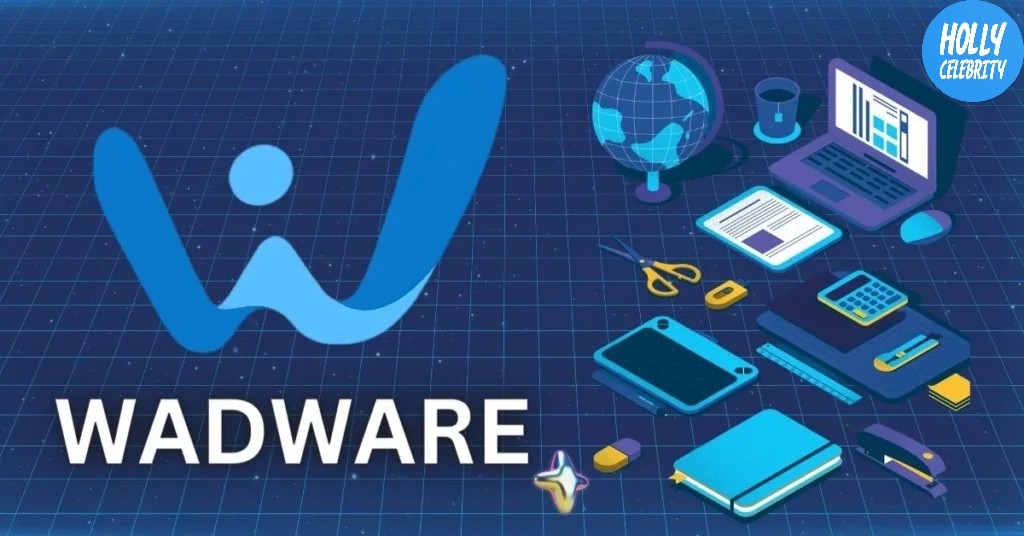Introduction:
In the digital landscape, where connectivity is paramount, the emergence of threats like the Web Cord Virus has heightened concerns for both individuals and businesses.
This insidious malware has the potential to wreak havoc on your digital life, compromising sensitive information and disrupting operations.
In this comprehensive guide, we delve deep into the Web Cord Virus, covering everything you need to know to protect yourself and your organization.
What is a web cord virus?
The Web Cord Virus, often referred to as Cordnet, is a type of malicious software that infiltrates computer systems and networks via online channels.
It capitalizes on vulnerabilities present in web browsers and internet-facing applications to gain access to sensitive data.
Once installed, it operates surreptitiously, collecting confidential information without the user’s consent.
Its stealthy nature makes it challenging to detect, leading to potential data breaches and system compromises.
Combatting the Web Cord Virus requires proactive cybersecurity measures and awareness of its modes of transmission.

Modes of Transmission:
Web Cord Virus spreads through multiple vectors, including malicious websites, infected email attachments, compromised downloads, and fake software updates.
Cybercriminals deploy sophisticated techniques to lure unsuspecting users into clicking on infected links or downloading malicious files, thereby facilitating the propagation of the virus across interconnected devices and networks.
Symptoms of Infection:
Detecting a Web Cord Virus infection can be challenging, as it often operates covertly in the background, without displaying any obvious signs. However, some common symptoms may include:
- Sluggish system performance
- Unexplained crashes or freezes
- Unauthorized access to sensitive data
- Strange pop-up windows or browser redirects
- Unusual network activity
Impact on Individuals:
For individual users, falling victim to the Web Cord Virus can have devastating consequences. From identity theft and financial fraud to privacy breaches and personal embarrassment, the repercussions of a malware infection can be far-reaching.
Moreover, the loss of valuable data, such as photos, documents, and passwords, can cause significant distress and inconvenience.
Impact on Businesses:
Businesses are particularly vulnerable to the Web Cord Virus, as it can disrupt operations, compromise confidential information, and damage reputation.
A successful cyberattack can lead to financial losses, regulatory penalties, and legal liabilities, not to mention the potential loss of customer trust and loyalty.
Moreover, businesses operating in regulated industries may face compliance challenges due to data breaches caused by the virus.

Preventive Measures:
Protecting yourself and your organization from the Web Cord Virus requires a proactive approach to cybersecurity. Here are some essential preventive measures to mitigate the risk of infection:
1. Keep your software up to date:
Regularly update your operating system, web browsers, and security software to patch known vulnerabilities and strengthen your defense against malware attacks.
2. Exercise caution online:
Avoid clicking on suspicious links, downloading files from untrusted sources, or visiting dubious websites that may host malware.
3. Install reputable antivirus software:
Invest in robust antivirus and antimalware solutions that can detect and remove malicious programs before they can cause harm.
4. Educate yourself and your employees:
Raise awareness about the dangers of phishing scams, social engineering tactics, and other common methods used by cybercriminals to spread malware.
5. Implement strong passwords:
Use complex passwords or passphrase combinations and enable multi-factor authentication to protect your accounts from unauthorized access.
6. Backup your data regularly:
Create backups of important files and documents on external hard drives or cloud storage platforms to mitigate the impact of a potential malware attack.
Conclusion:
In conclusion, the Web Cord Virus poses a significant threat to individuals, businesses, and organizations worldwide.
By understanding its modes of transmission, symptoms of infection, and impact on cybersecurity, you can take proactive measures to safeguard your digital assets and minimize the risk of a malware attack.
Remember, cybersecurity is a shared responsibility, and by staying vigilant and informed, you can effectively defend against evolving threats like the Web Cord Virus.










